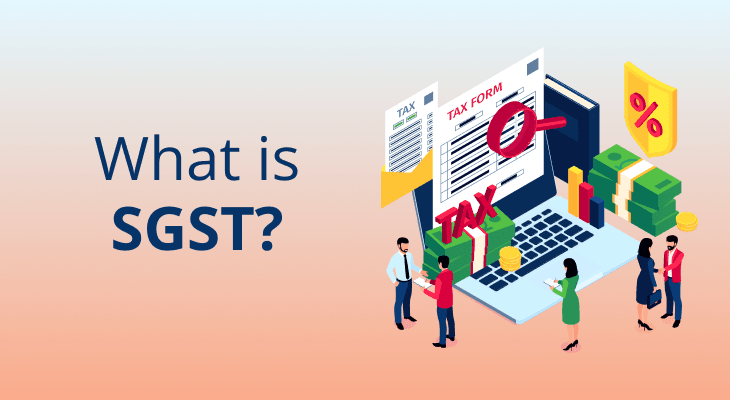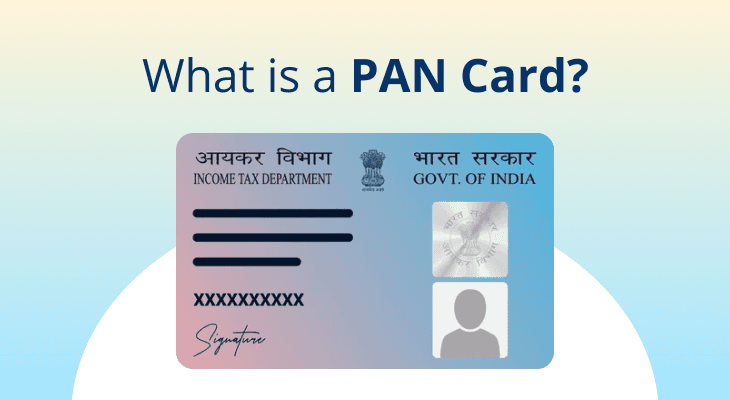
What Is State Goods And Service Tax (SGST)?
Introduction To SGST
The Goods and Services Tax (GST), introduced in 2017, replaced all existing indirect taxes in India and simplified compliance. The State Goods and Services Tax (SGST) is an integral part of the GST framework. It is levied by individual state governments on the supply of goods and services within their state boundaries. This guide will break down SGST’s meaning, its benefits, calculation, compliance requirements, and how it differs from other GST components.
Benefits Of SGST
Here are some ways the introduction of SGST has been beneficial:
- Continued revenue generation for states: Even though GST subsumed many state-level taxes, SGST ensures that states continue to receive tax revenue, allowing them to fund their development and welfare projects.
- Ease of doing business: Earlier, multiple state-level taxes increased compliance requirements for businesses. SGST simplified the tax structure, making it easier for businesses to operate.
- Transparency: Even though SGST is a state-level tax, it is a part of the centralised GST system. Hence, there is more transparency in terms of compliance and tax monitoring.
- Eliminating the cascading effect: Businesses can claim Input tax Credit (ITC) on SGST paid. This means they can offset tax on purchases against tax payable on sales. This prevents double taxation and reduces costs.
Also Read: GST in India: Meaning, Advantages & Disadvantages Explained
How SGST Is Calculated And Applied
SGST is applied to all intra-state transactions of goods and services. For instance, if you buy a computer worth ₹50,000 within your state, the total GST is split equally between SGST and Central GST (CGST).
Since electronics attract 18% GST, 9 % will go to SGST and the remaining 9% to CGST.
Here’s how the calculation works:
Particulars | Amount (₹) |
|---|---|
Cost of computer | 50,000 |
Total GST @ 18% | 9,000 |
SGST @ 9% | 4,500 |
CGST @ 9% | 4,500 |
Total cost of laptop | 59,000 |
SGST vs. Other Forms Of GST
SGST is one of the four GST types in India. Here’s how it compares:
Particulars | SGST | CGST | Integrated GST (IGST) | Union Territory GST (UTGST) |
|---|---|---|---|---|
Levied on | Intra-state transactions | Intra-state transactions | Inter-state transactions | Transactions in UTs |
Levied by | State government | Central government | Central government | UT government |
Example | Sale of goods within Rajasthan | Sale of goods within Rajasthan | Sale of goods from Rajasthan to Goa | Sale of goods within Puducherry |
SGST Compliance Essentials For Businesses
Businesses must comply with GST regulations as a whole, and SGST forms a crucial part of it. GST compliance is typically categorised into five major areas:
- Registration: Companies engaged in the manufacturing and trading of goods with an annual turnover of more than ₹40 lakh must register for GST and obtain a GST Identification Number (GSTIN). The threshold is ₹20 lakh for service-related businesses.
- Invoicing: Businesses must issue GST invoices that clearly distinguish between SGST and CGST, along with other details such as GSTIN, supplier and purchaser information, the rate of GST, and the total GST. Proper invoicing is essential for claiming ITC. Additionally, E-way bills are mandatory when the value of a consignment exceeds ₹50,000.
- Return filing: There are different types of GST returns, such as GSTR-1 and GSTR-3B), each serving a different purpose. Depending on the registration type, GST returns must be filed monthly, quarterly, or annually. Delayed filings attract penalties.
- GST payment: Timely payments are essential to avoid interest and late fees. Regular taxpayers must pay GST by the 20th of the next month, while composition scheme dealers must pay by the18th of the next quarter.
- Maintaining records: Businesses must maintain proper records of all sales, purchases, invoicing, ITC claims, returns, etc., for at least 72 months (6 years).
Conclusion
An integral part of GST, SGST ensures that states continue to receive revenue while businesses benefit from a unified and simplified tax system. Understanding SGST’s meaning, benefits, calculation, and compliance requirements can help businesses optimise tax savings, avoid penalties, and reduce costs.
Also Read: GST Registration - What is GST Registration & its Types
FAQ
How do businesses comply with SGST regulations?
Businesses comply with SGST as part of the overall GST framework. They must register under GST, issue invoices with SGST and CGST for intra-state transactions, file returns and pay taxes on time, and correctly claim ITC where applicable.
Is SGST applicable on interstate trade in India?
No. SGST is only applicable on intra-state transactions. Inter-state trade is subject to IGST.
What are the latest SGST rates for goods and services?
There are no separate SGST rates. SGST is half of the total GST applicable on intra-state transactions. As of September 22, 2025, the revised GST slabs and corresponding SGST rates are as follows:
0% GST > 0% SGST
5% GST > 2.5% SGST
18% GST > 9% SGST
40% GST > 20% SGST
Can businesses claim ITC on SGST?
Yes. Businesses can claim ITC on SGST paid on purchases. The same is adjusted against SGST liability on sales.
How is SGST different from CGST?
Both SGST and CGST are levied on intra-state trade. However, SGST is collected by the state government, while CGST is collected by the central government.


